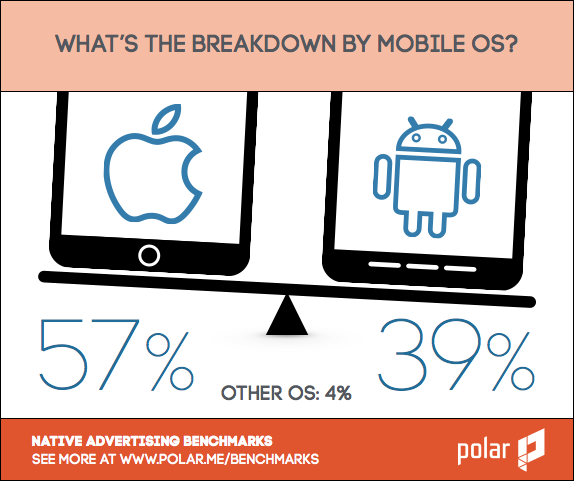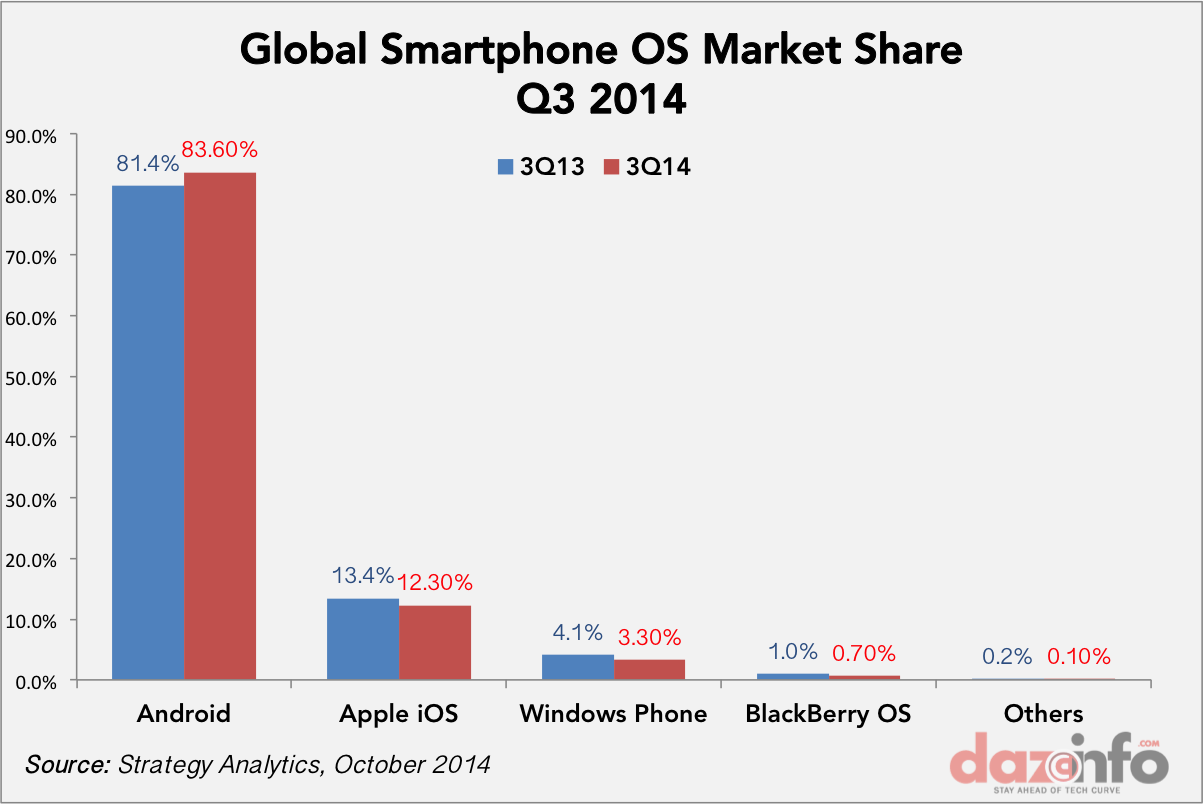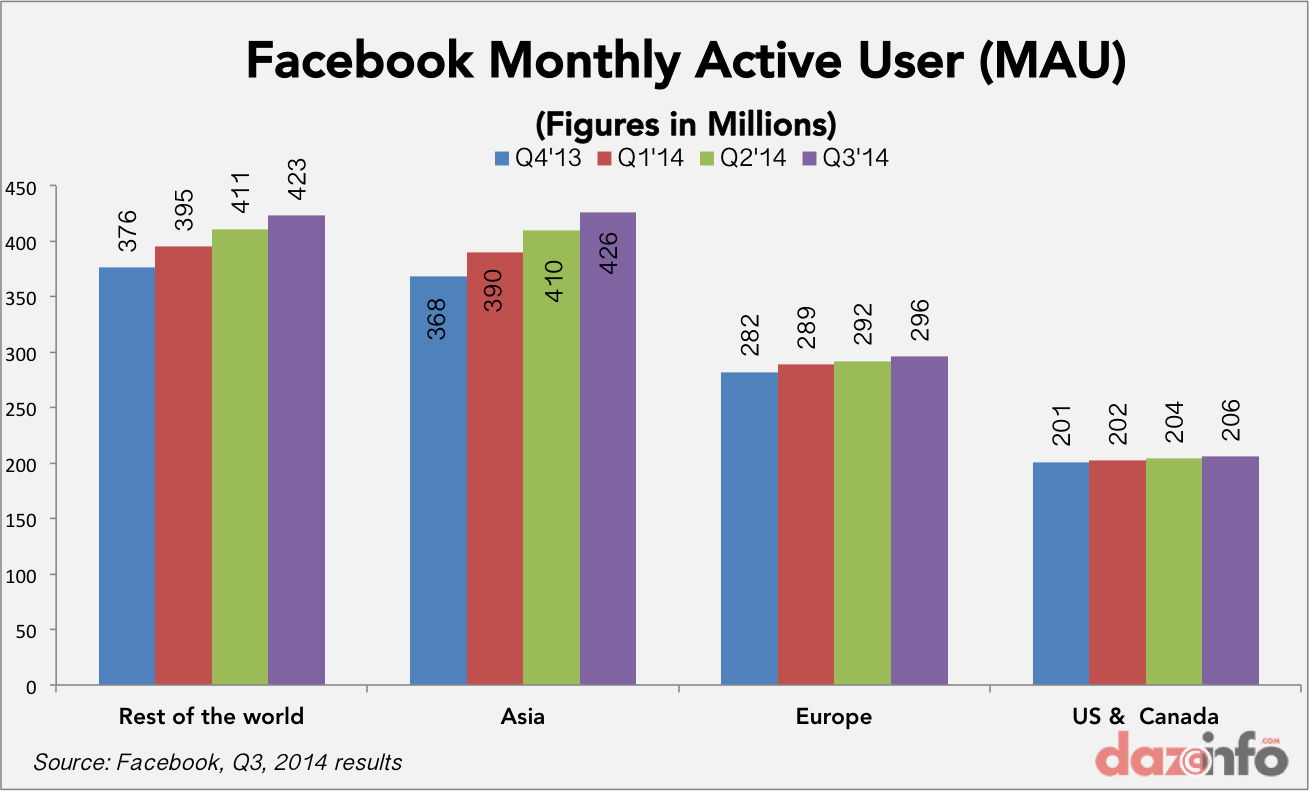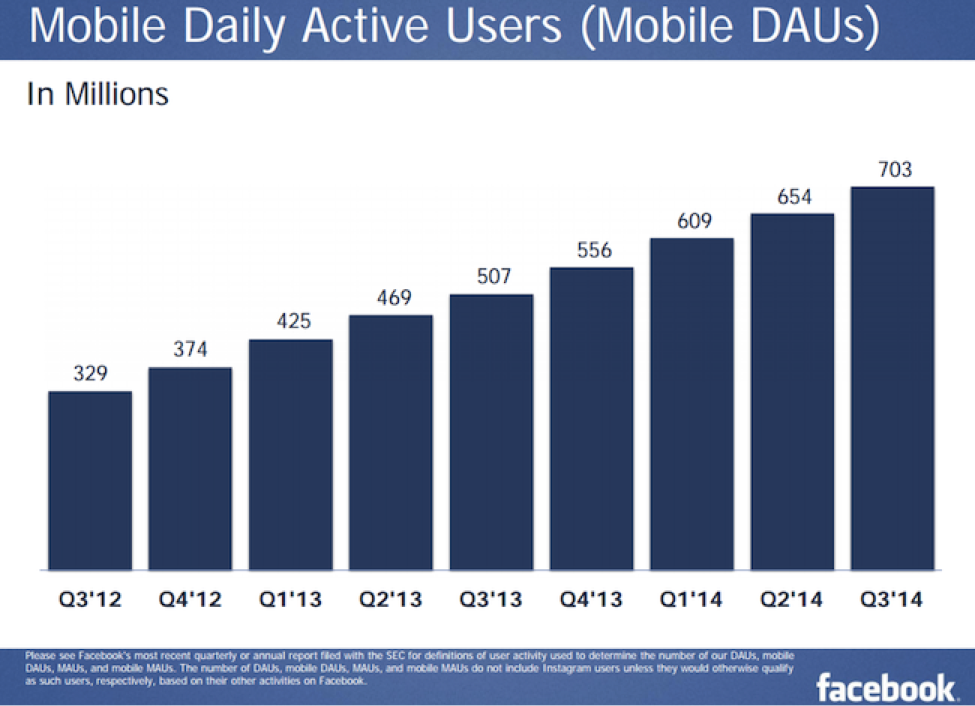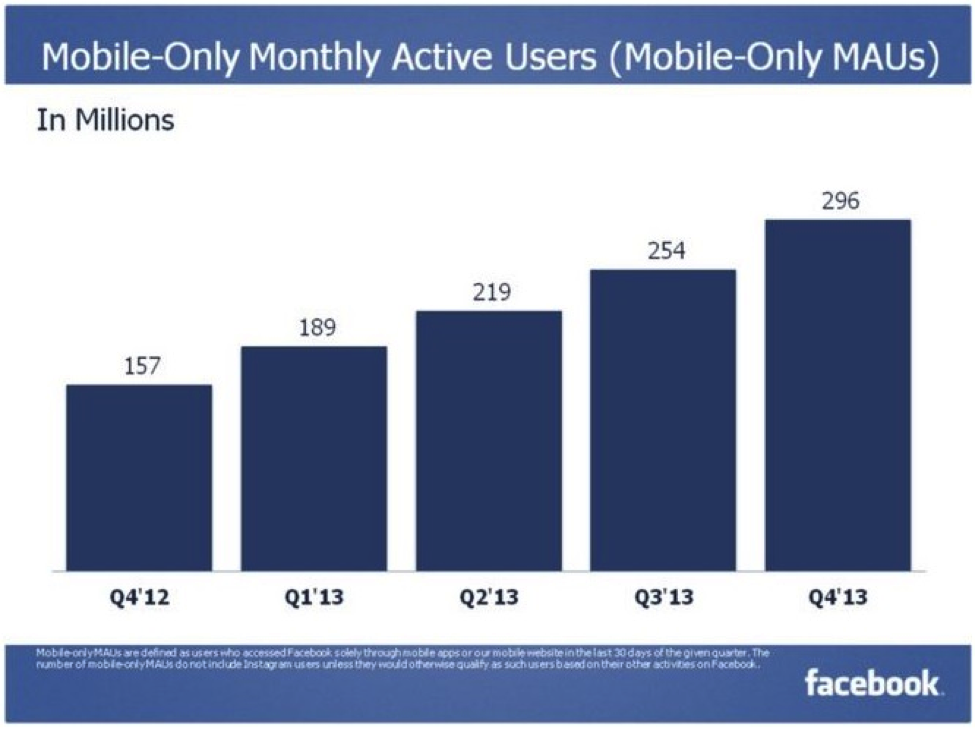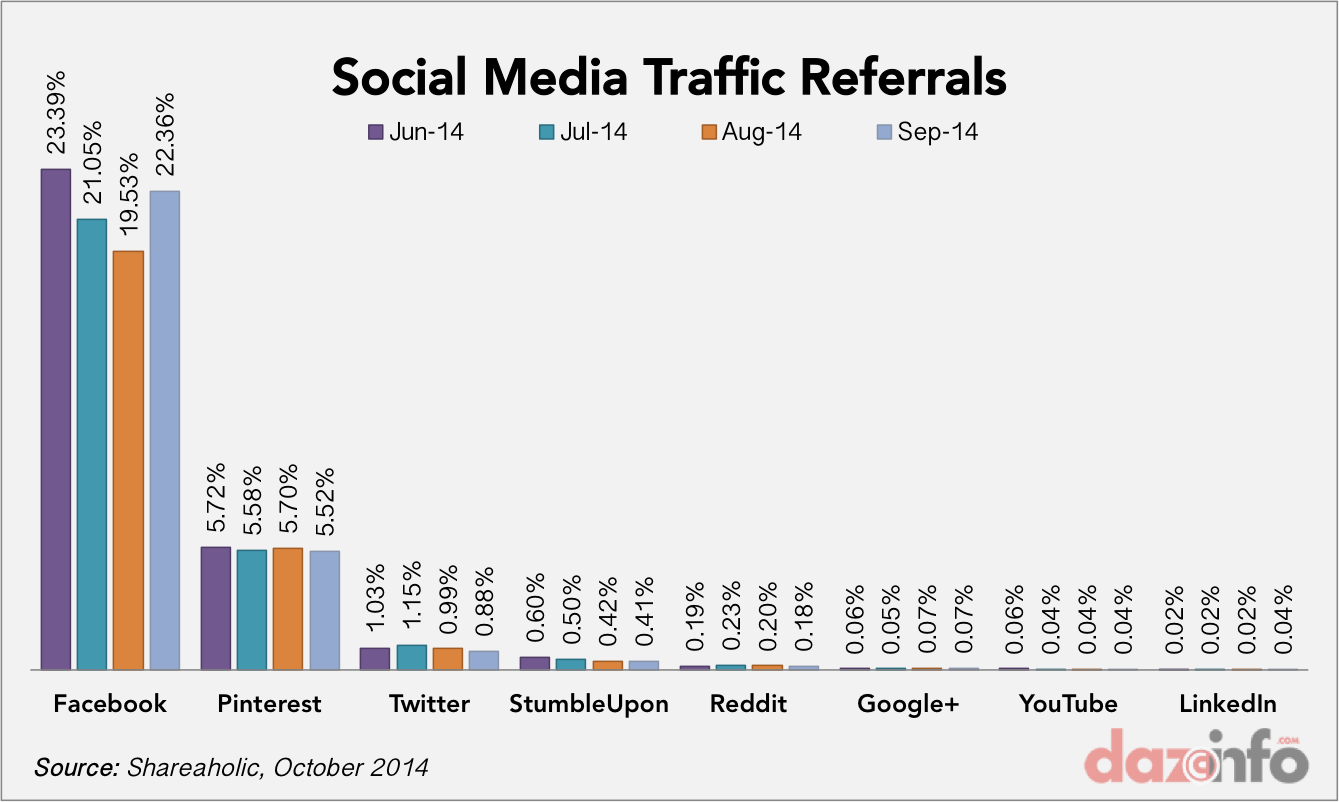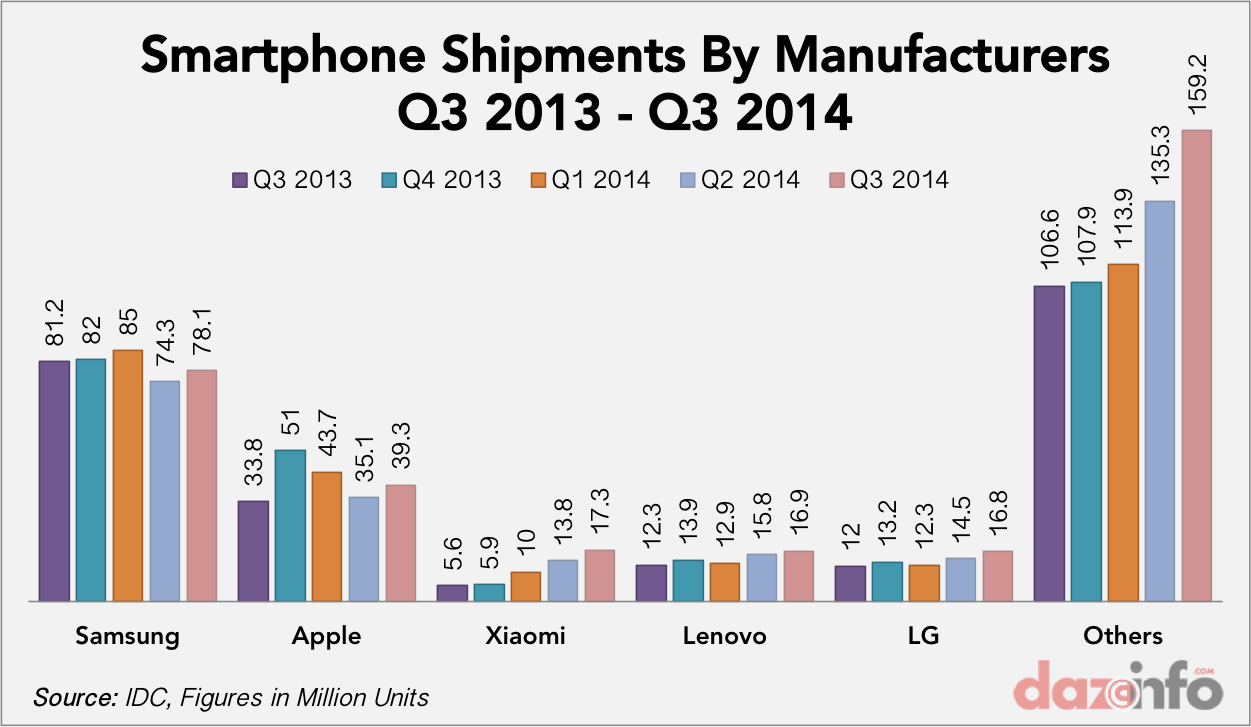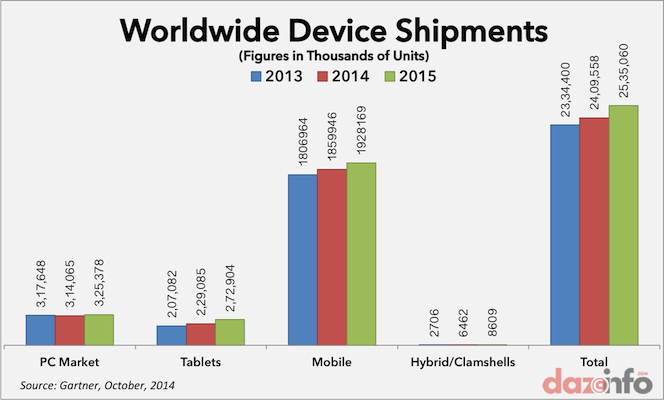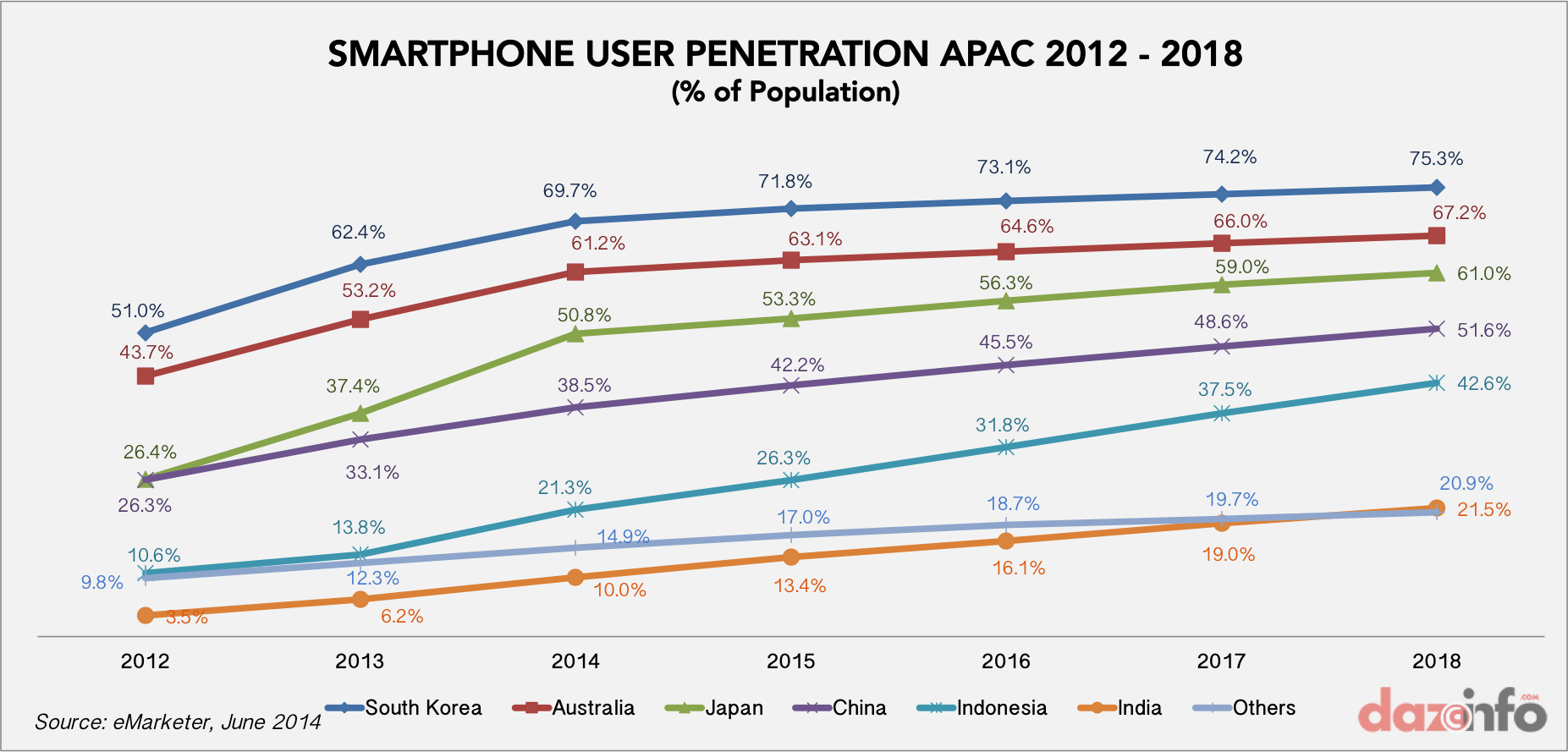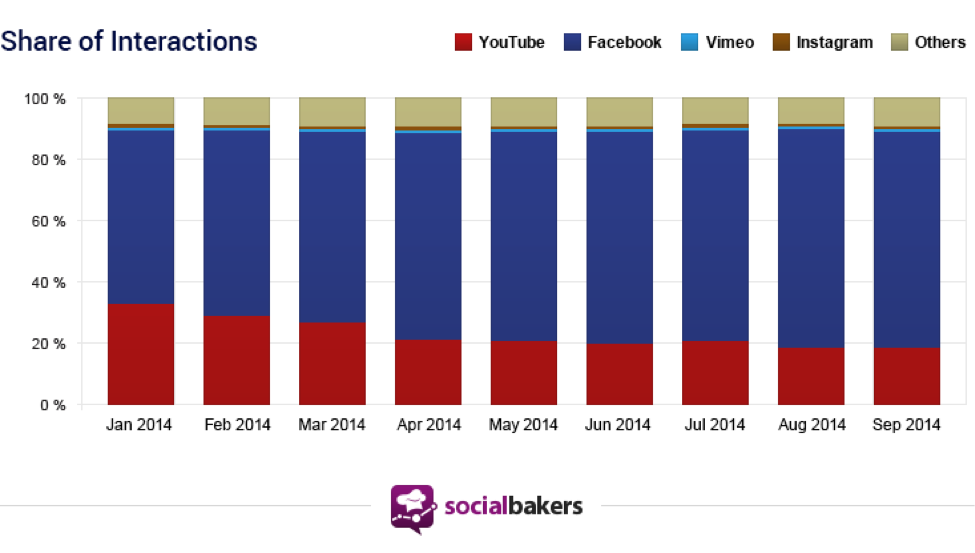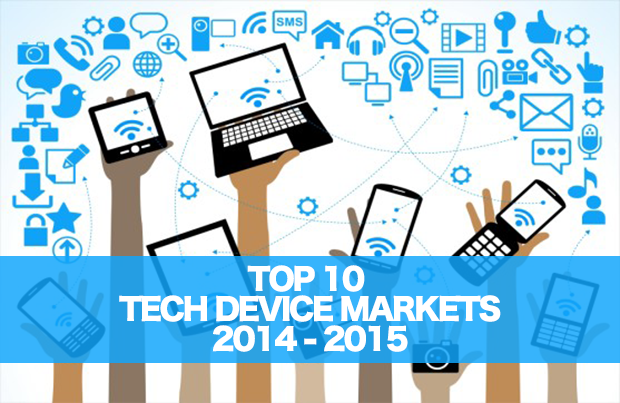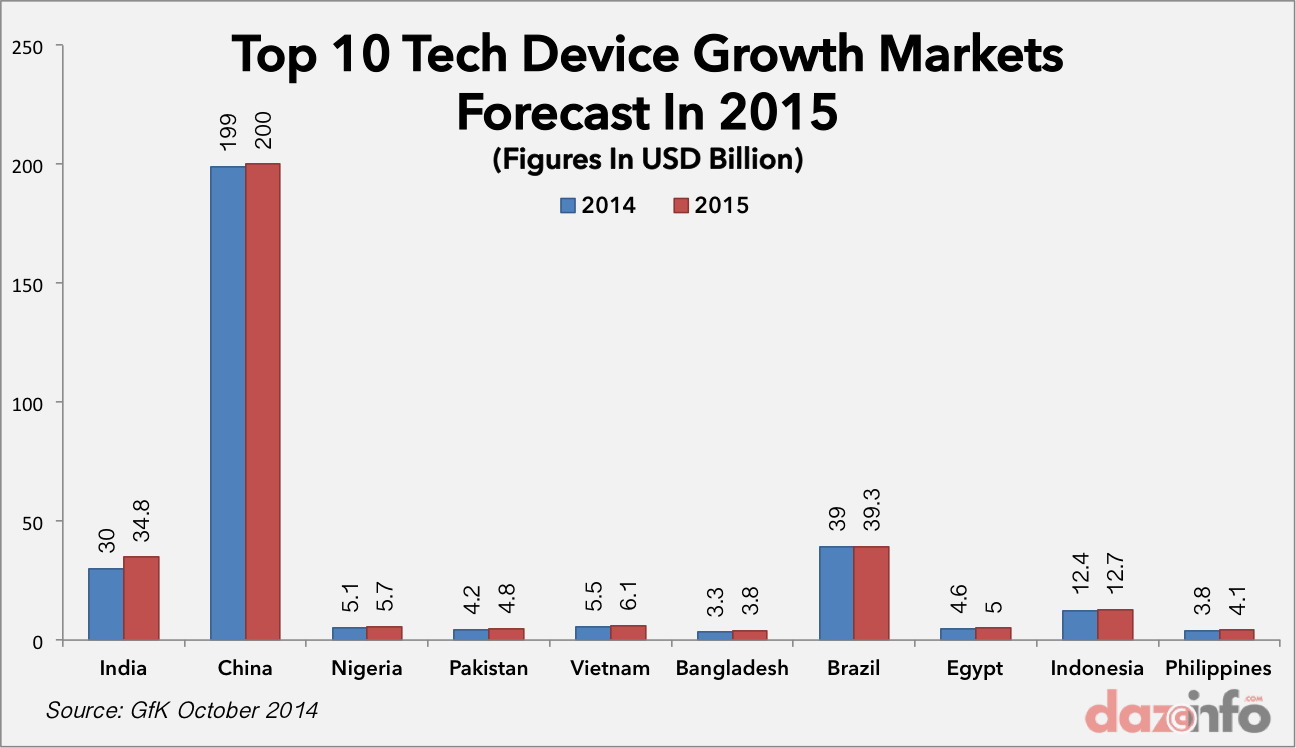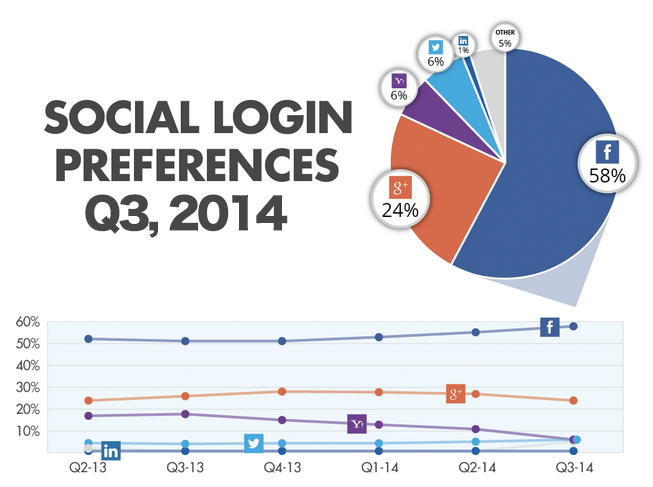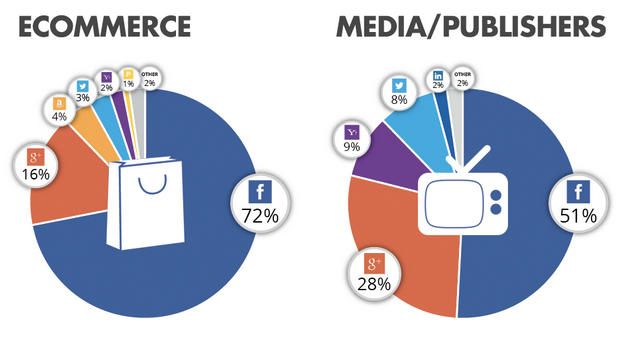The Indian eCommerce industry which grew by 33% last year and saw goods and services worth $3.5 billion exchanging hands, is poised for bigger growth and touch new highs in the coming years as pointed out in a previous write-up here.
At a time when eCommerce industry in India is really looking up, the giants, especially Amazon, in this field are not as excited as they should have been. They have reasons to be worried though.
FDI in online retail is banned in India, due to which not only Amazon but also leading Indian e retailers like Flipkart and Snapdeal have set up complicated structures to circumvent the law, whereby these companies try to show that they operate merely as marketplaces. They get off by giving (or, trying to give) the impression that they are merely connecting buyers and sellers on their respective websites without actually owning the products and services being made available on their respective platforms.
The phenomenal discounts at which a huge range of products were offered by Flipkart, resulted into a huge debacle during their Billion Dollar offer, caught the eye of the Indian regulators, following which it was issued a notice by the ED. Similar notices were also issued to Amazon.in and Snapdeal and they were asked to share more information about their respective business models.
Amazon is also involved in some tax disputes with local authorities in Karnataka. On 15 September, the state tax department had stopped the online giant from selling various products from its warehouses located in Karnataka by cancelling the licenses of more than 100 third-party merchants who were with Amazon. in. The tax sleuths also reportedly sent out notices to more than 40 sellers who work with the Indian arm of Amazon, which made it practically impossible for them to carry on their business ties with the e retailer early last month. The tax agencies want the international giant to pay Value Added tax (VAT) on goods stored in warehouses owned by Amazon’s sellers in India.
These developments, together with a recent statement issued by Nirmala Sitharaman – the Union Finance Minister, that e-commerce cannot be the back-door entry for multi brand retail has triggered off a panic reaction in all major online retailing companies.
In the wake of these developments and a bit disappointing third-quarter results, Amazon had expressed doubts about its ability to continue its operations in India and China for a very long time due to ‘substantial uncertainties‘ in the interpretation of the laws. The online retail giant had expressed this apprehension about the future of its operations in the two main Asian markets – also the world largest – in a regulatory filing to the US Securities and Exchange Commission (SEC), citing fines, cancellation of licences and a forced shut down as the main reasons.
“Although we believe our structures and activities comply with existing laws, they involve unique risks. There are substantial uncertainties regarding the interpretation of PRC (People’s Republic of China) and Indian laws and regulations, and it is possible that the government will ultimately take a view contrary to ours,” the e-tailer said in its filing, as per reports.
“Our Chinese and Indian businesses and operations may be unable to continue to operate if we or our affiliates are unable to access sufficient funding,” Amazon further added.
Only recently, Jeff Bezos had promised to invest $2 billion (nearly Rs 12,000 crore) in India during the next year i.e. 2015. Amazon, within a year of getting launched in India, is already the second largest e retailer in the country after the ten-year-old Flipkart (which handles nearly half of Indian online sales).
“The reason we’re investing so much in India is because it’s already working so well. We must’ve launched just at the right time and the team must’ve had the right ideas and they’ve had to keep setting expectations higher and higher,” Bezos had said.
Bezos’ plans to invest in India had come at a time when it was being widely conjectured that the Indian government would ease down restrictions on FDI and allow investors in e commerce companies to finally operate directly by stocking its inventories. With the Finance minister making her stand on the issue very clear, Amazon has reasons to doubt that the going for them will only get tougher from here on.
CAN Amazon Afford To Withdraw?
The big question is: No matter what the hurdles in way of its growth and without touching the issue of government policy, can the online colossus afford to lose a market as huge and potentially profitable as India?
Besides being just big, online retailing in India is expanding like never before. Gartner has predicted eCommerce market in India to grow at a rate of 70% and touch a US$6 billion sales figure in 2015, while the other report from ASSOCHAM estimates that it will swell up to US$56 billion by 2023. According to Forrester’s Asia Pacific online retail forecast for the year 2013 and 2018, there will be 39 million internet users in India by the end of 2014 who would be buying things online. The figure is expected to rise to 128 million by the end of 2018.
It goes without saying that presence in India is vital to Amazon’s ambitious plans of dominating eCommerce globally. Given that its presence in China is almost negligible, thanks to Alibaba, withdrawing the second largest market on this continent will certainly dent its plans of accelerated growth over the coming years.
The e-commerce market in India which is poised for a quantum leap offers a massive opportunity for Amazon. The country provides an enormous opportunity to all online shopping stores as India will leapfrog the US in terms of Internet users by the end of 2014 and the figure will surge up to 500 million in 2018. Still India is far from saturation as the Internet penetration has reached mere 20% and only 14% of online users are making a purchase online.
These statistics portray a huge opportunity window for all eCommerce players. The very fact has convinced all the investors who are on the investment spree for last few years. Rounds of billion dollar funding and startups reaching billion dollar valuation mark are just the tip of the iceberg.
Another important fact to consider is Alibaba’s recent IPO that received phenomenal response from the investors in the US and across the globe. Many analysts see this a step closer to the launch of Alibaba’s US and probably global operations, which would definitely hit Amazon’s strong hold on the US eCommerce industry. To scale in the US Alibaba will have to eat into the market share of Amazon and as Chinese giant is known for its aggressive marketing strategy in the past it’s quite unlikely that Alibaba will leave any stone unturned.
Amazon has already emerged as a potent threat to the hitherto undisputed Flipkart, by ranking second among online retailers in India within a year of the company launching its business here. Since the launch of Amazon.in in June 2013, the company has added 20 million products across 35 categories. Mostly, Amazon has grown organically in India, but now the company is reportedly shifting its gears by making few mergers and acquisitions. The report on Amazon in talks to acquire online fashion giant Jabong is already making rounds on the Internet for some time now.
“Amazon, which launched its marketplace in India last year, said the country is one of its fastest-growing markets and on track to touch $1 billion in gross sales,” it has earlier been reported.
After the US, India is THE ONLY MARKET for Amazon that would satisfy the needs of Investors, who are expecting Amazon to grab the biggest chunk of the eCommerce pie globally. In last one year Chinese companies have strategically started focusing on the Asia-pacific region, be it Smartphone or eCommerce industry. While Xiaomi, Huawei and Lenovo are already challenging smartphone industry leaders, Alibaba is reportedly snooping around the India eCommerce market for long now. Considering that fact that China is an alien land for Amazon, it’s hard to believe that the US eCommerce giant can afford to make a room for its arch rival in the eCommerce space by exiting India market.
Though Amazon had later ruled out that it is considering withdrawing from the country, it has raised some fresh questions.
Won’t losing such a huge, rapidly expanding and vital market dent its reputation of being the colossal that rules over all continents? Let us know your take on the issue:
[poll id=”37″]



